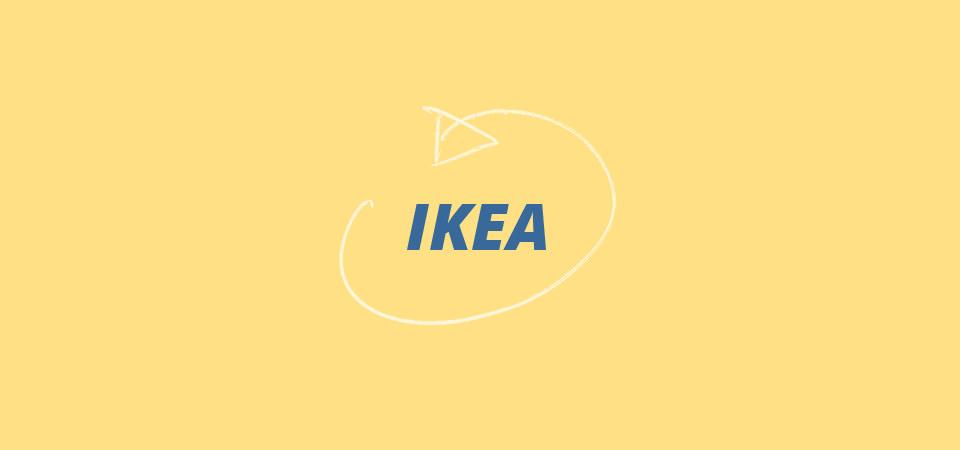A designers guide to Ikea and the self improvement process

I recently had the displeasure of taking a trip to Ikea. I do my best to limit these trips to once or twice a year. It is not one of my favorite places, I loathe Ikea, truly.
We all know that Ikea sell cheaply made furniture very cheaply. You see something you fancy, you jot down the code and you hurry down to the warehouse to pick up your item. It’s only after getting home that the real fun begins.
It’s a rare person who enjoys putting together Ikea products. Invariably there are pieces that don’t fit together, pieces that are damaged, or worse still, pieces that are missing altogether.
Learning is a process
We had bought two identical wardrobes. The first I struggled with, putting boards the wrong way around, placing shelves at the wrong height and so on. It was pretty frustrating, but by the time I got to the second one I recognized the pattern and felt far more comfortable. I knew what was coming next. I knew which areas had caused me to stumble and I knew the best ways to overcome my previous mistakes.
By putting together wardrobe number one I’d learned how to build the second, and in half the time. I’m sure if I’d put together a third wardrobe then I would have reduced the time even further.
But that’s enough about Ikea, this isn’t an infomercial.
Repetition creates confidence
The first time we try something new it’s not uncommon to trip and fall. Look at any toddler learning to walk. The first time they manage to string more than two steps together their confidence builds and they immediately try for more. Of course they also have a smile that stretches from ear to ear! It’s through repetition and gradual improvement that we learn to complete tasks faster and with more confidence.
My very first day as a freelancer was so scary I thought I’d pass out, I may have come close but I didn’t. In fact, I managed to stay conscious for the whole week! The more we repeat a process or task, the easier it becomes. You take all the small failings, the frustrations and minor accomplishments and you turn them into what makes you unique at what you do.
While perhaps a little archaic, the image of children copying out the alphabet on a blackboard demonstrates that repetition can help us to become so familiar with a task that we know it back to front. Having a solid knowledge of the alphabet gives children the confidence to know what comes next. They learn that B comes after A as C comes after B, it’s through repetition that children learn what comes next. They no longer have to think about the next step, they know what comes next.
If you know something inside out then you have an infinity of possibilities. A design problem is only a problem until you find one or several solutions, and the better you know your area of expertise the quicker these solutions will appear.
Something that once took you 2 hours may now only need 30 minutes or so. You can flip from one option to another and then back again, all without having broken a sweat.
But it can also create complacency
Be careful, having confidence in your skills can also lead to complacency. When you know a topic inside out you run the risk of settling for an option because you know it works, it may not be the best option.
As designers and creative types it’s our duty to constantly question our work. If you have someone to bounce things off then I heartily suggest you do.
Complacency can get you into real trouble.
Better, faster, and more knowledgeable
So if we’re now better, faster and more knowledgeable then we’re at the top of our game right, we’re rockstars… Not quite. The brightest minds in any field are continually learning, continually adapting and open to new possibilities. If we stand still for too long we run the risk of becoming obsolete.
We should aim to know a subject so well that we can see our options before the problem arises. Think Neo in The Matrix, he could see so far into things that the surface disappeared and there were only options. He could see code where others could only see life.
It’s through Ikea and the self improvement process that we can hope to remain relevant in the world of design.
Good luck.